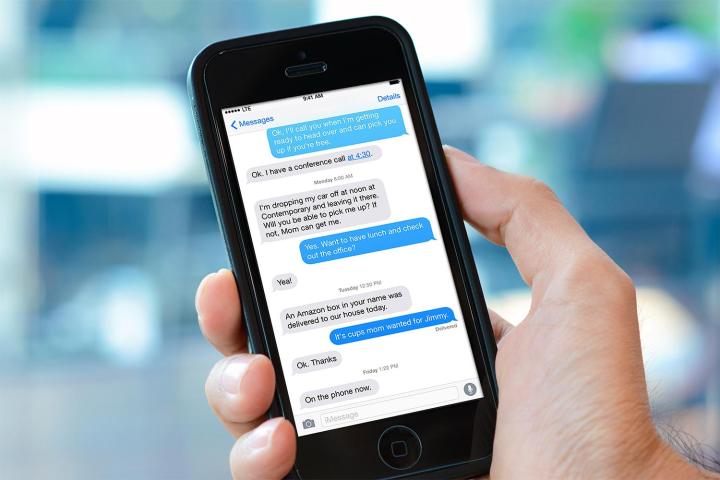
Normally, iOS underlines a misspelled word with a red line, in the hopes of making you aware of it. With the patent, iOS would also be able to underline an autocorrected word with a blue line, which, in theory, would make people pay attention to the words being autocorrected. Interestingly, the recipient would also be able to see that words had been changed, but wouldn’t be able to see the original words. This differs from the current feature baked into iOS, which doesn’t highlight misspelled words for recipients.
Even so, such a feature is likely to be attractive for the meticulous typists among us, as well as for the faster typists. And the faster typists need all the help they can get, since it’s because people type so fast that they often ignore how words are spelled out, which is what leads to these autocorrect fails occurring in the first place.
Apple’s granted patent caps off a strange week for the company, which started out with a report of the company’s first year-over-year revenue decline in 13 years. Things continued downhill from there, as 25-year-old Apple employee Edward Mackowiak was found dead in one of the company’s conference rooms in its Cupertino, California headquarters. The Santa Clara County Medical Examiner officially ruled the death a suicide, with no evidence of foul play or other employees’ involvement.
Editors' Recommendations
- This one Apple Fitness feature completely changed how I exercise
- AirTags range: here’s how far the tracker can reach
- An Apple insider just revealed how iOS 18’s AI features will work
- The most common Skype problems and how to fix them
- iPhone 16: news, rumored price, release date, and more


